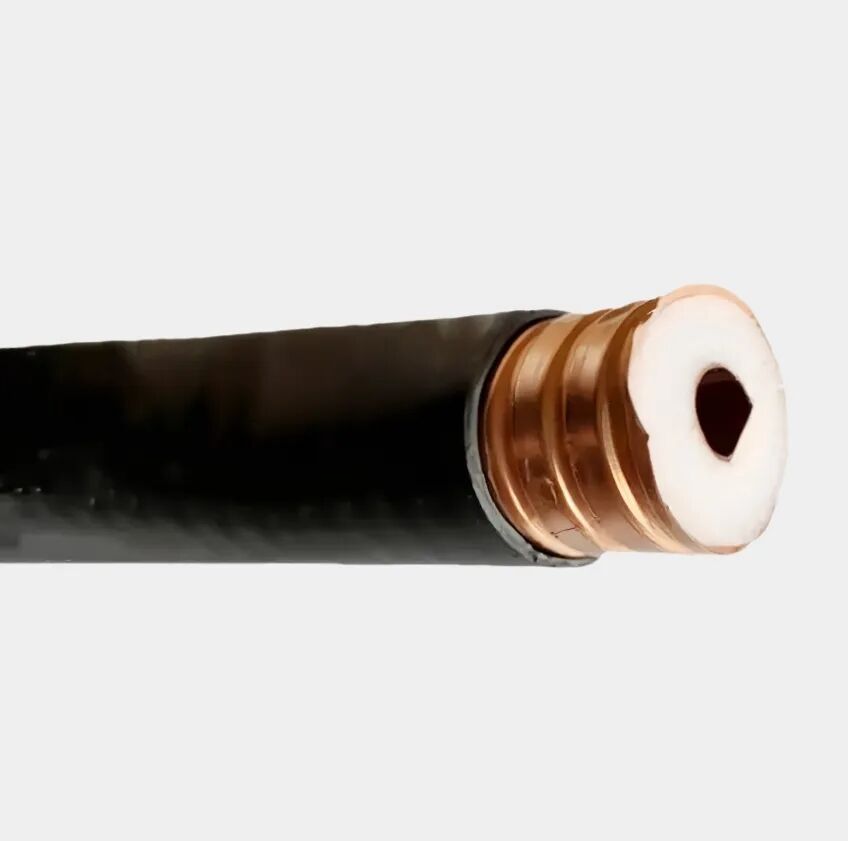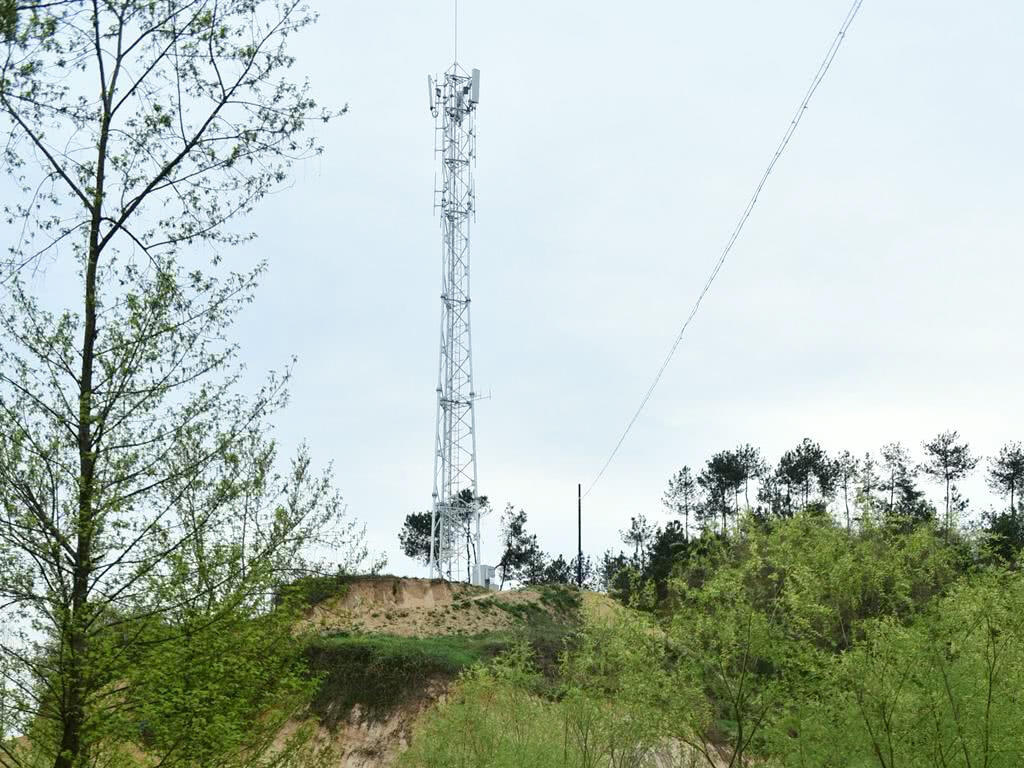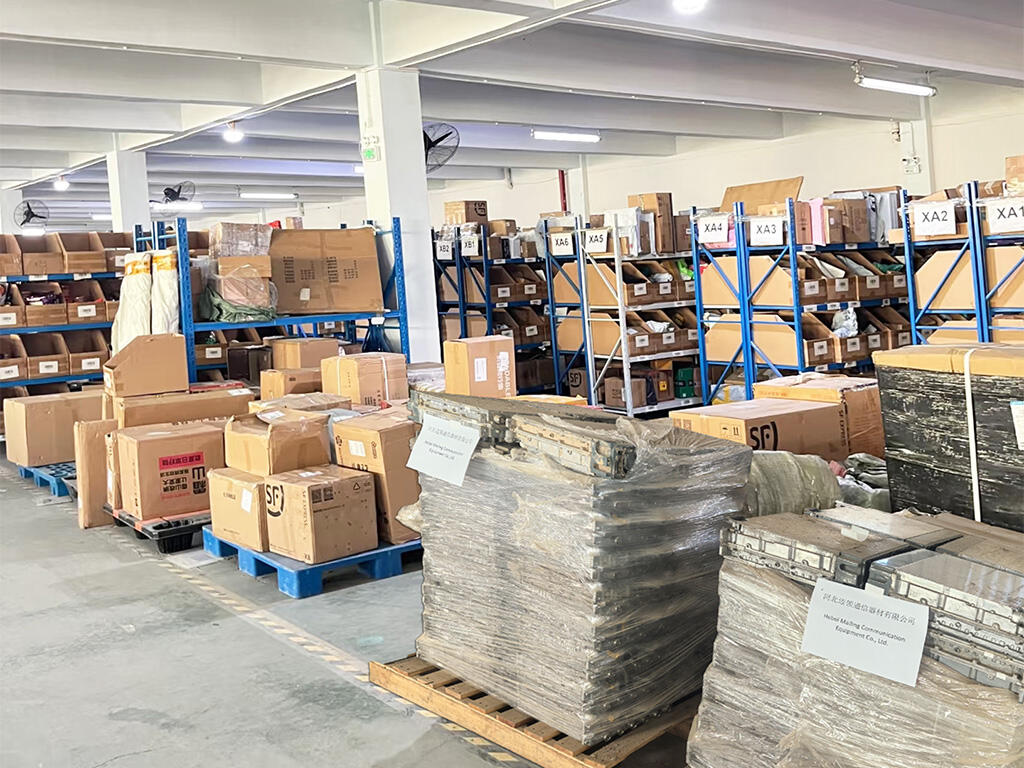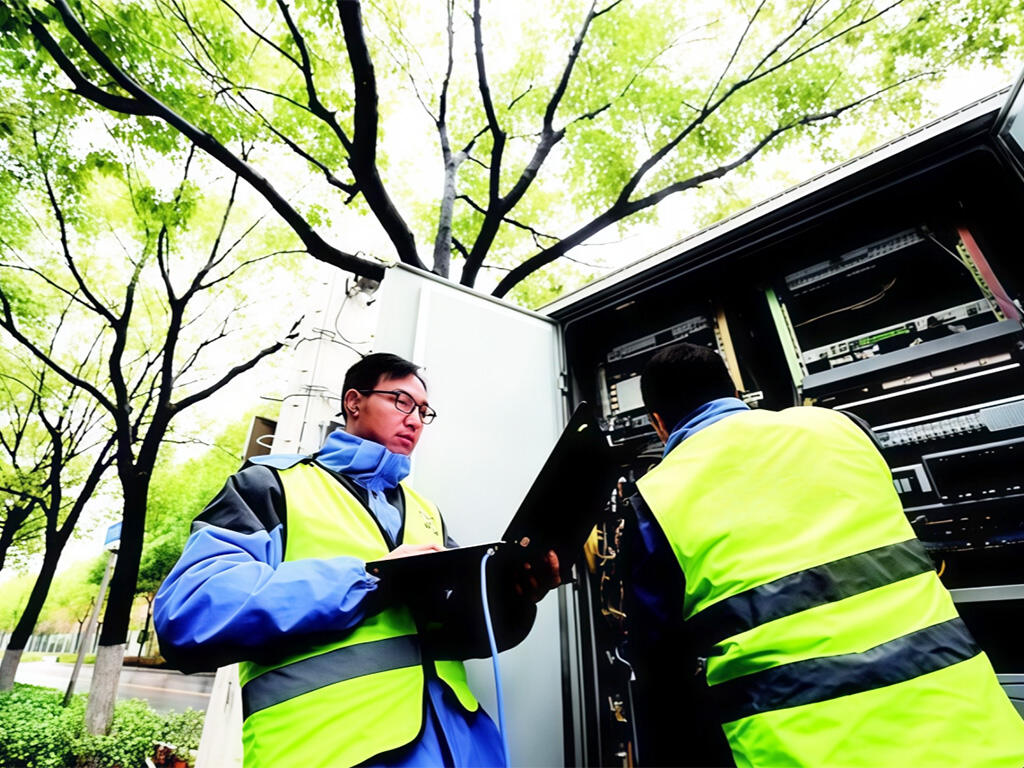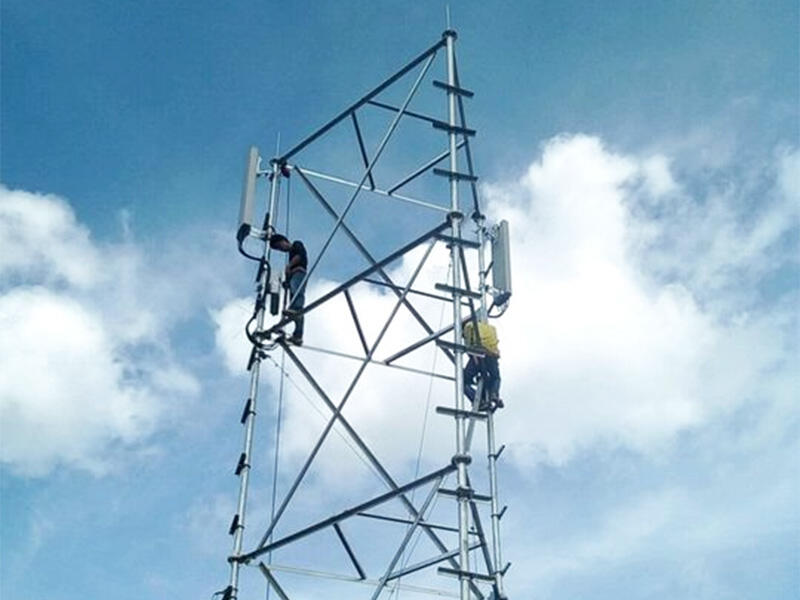Learning about the appropriate fit of coaxial cables in regard to 5G feeder systems is critical to the telecommunications industry. As with all industries, the performance of network infrastructure and signal quality have a major impact, which makes selection of coaxial cables equally important. Most network operators or engineers charged with the task will tell you that the different grades of coaxial cables available will surely have specifications which with the development of 5G technology, will need to be understood.
Coaxial Cables
Defining a coaxial cable is quite simplistic as it consists of one central conductor surrounded by an insulator, a metal shield, a secondary layer, and an outer insulating sheath that encases everything. Hearing them compared against other means of telecommunications makes sense since their cost efficiency hinges on low signal loss due to attenuation as well as the ability to maintain precision over long distances—essential for 5G feeder systems that are high-demand and low-lag. Always of priority concern are the objective parameters of attenuation, cable type, signal amplification, frequency limits, and weather resistance.
Types of Coaxial Cables for 5G Implementation
Every class of coaxial cable has its pros and cons. Because of these reasons some types are more useful than other types in the 5G field. These include RG-6, RG-11, and LMR cables among others.
In a household, RG-6 cables work best over short distances. However, in a 5G network, RG-11 cables are the most useful over long distances because of the lower attenuation they have. That is the reason why RG-11 cables are more useful when compared to RG-6. LMR cables have the advantage of being designed for outdoor applications and is more rugged. That makes them more useful for high performance applications.
Labeled as weak, the performance of coaxial cables in 5G feeder systems may be hindered by a myriad of issues. Along with other issues, one such is the attenuation that defines the loss of value of a given signal as it traverses from the source to the intended location. In order for the coaxial cable to perform optimally within a 5G feeder system, it is essential for it to operate at the lower frequencies of 5G. Temperature, humidity, and UV radiation are some of the external parameters that limit the reliability and life span of the coaxial cable as well.
Coaxial Cables Performance in 5G Feeder Systems With regards to installing and managing coaxial cables, maintaining a 5G feeder system properly will greatly enhance signal reception. Wrong installation is a cardinal sin that leads to loss of signal due to not abiding with the bending radius. As previously stated, the coaxial cable set needs to be turned or bent smoothly so as to eliminate slippage. Routined scheduled maintenance is mandatory for the proper functioning of the coaxial cables network.
Progress on Features of 5G
The 5G feature market is growing in tandem with its use and scope. Changes have also led to new advancements in coaxial cables. Advances in construction materials and processes have produced stronger cables with lower attenuation. These changes aim at preserving a cable's shelf life. Another emerging trend is the use of fiber optics in conjunction with coaxial systems, thus creating hybrid coaxial systems. Such changes are compelling Network Operators to become more proactive and flexible with changes in order to optimally manage their infrastructure investments.
As has been elaborated upon, and put simply, the coaxial cable selection related to feeder systems for 5G is, as with many technical systems, a multi-dimensional problem which needs to be undertaken with a consideration of various step factors. Knowledge of the cable types and their parameters, and the guidelines set for their use enables an operator to optimize the control of network availability and reliability of 5G networks. Monitoring networks industry changes enables operators to further refine strategic decision making concerning network performance with dynamic market changes.




